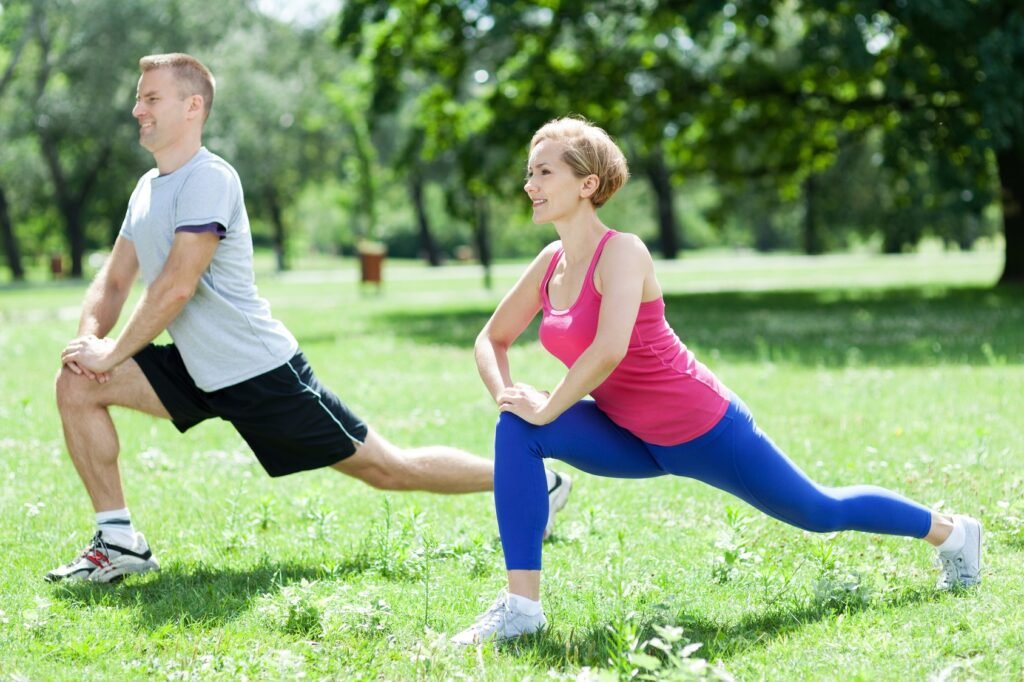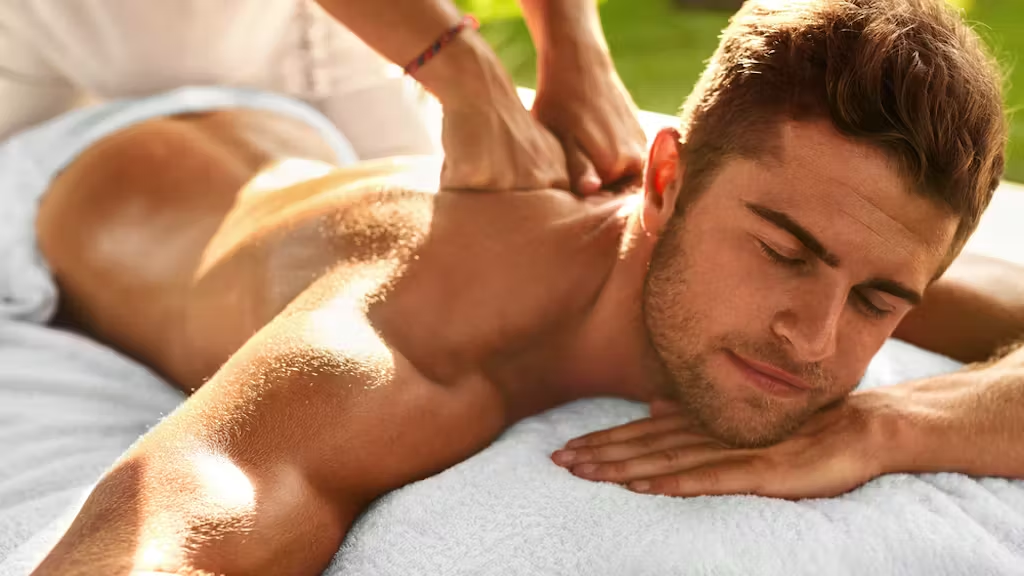Maintaining good vein health is crucial for overall well-being. Veins play a key role in transporting blood back to the heart, ensuring efficient circulation throughout the body. However, some factors can contribute to vein issues or poor blood flow. In this blog, you will learn how regular exercise can significantly improve vein health.
Understanding Vein Health
Let’s start by understanding the basics of vein health. Veins carry deoxygenated blood back to the heart and lungs, where it gets reoxygenated and pumped back out through the arteries. This journey is essential for maintaining oxygen levels throughout the body and supporting health.
Challenges Faced by Veins
Veins face several challenges in their role. One major challenge is gravity—especially in the legs, where blood must travel upwards against gravity to reach the heart. Weak or damaged valves within the veins can lead to blood pooling or flowing backward (reflux). This causes pressure to build up and potentially leads to conditions like varicose veins.
Seeking treatment from a varicose vein clinic can provide specialized care to manage symptoms associated with vein disorders.
Common Vein Health Issues
Some common vein issues include the following:
– Spider veins are smaller, web-like veins that appear near the surface of the skin. They may not cause symptoms but can be a cosmetic concern.
– Varicose veins are a common issue where veins become enlarged and swollen, and they are often visible under the skin.
– Chronic venous insufficiency is characterized by inadequate blood flow from the legs back to the heart.
Benefits of Exercise for Vein Health
Exercise isn’t just about getting in shape—it’s like a superhero for your veins, too. When you move your body, you’re boosting blood flow. This means that oxygen and nutrients travel more efficiently throughout your system. Here’s how exercise specifically benefits your vein health:
Improved Blood Circulation
Imagine your heart as a pump—it works harder during exercise to push blood through your veins. The increased circulation helps blood flow smoothly back to your heart. This reduces pressure on vein walls and lowers the chance of varicose veins or blood clots.
Stronger Veins and Valves
When you exercise, you’re not just working your muscles—you’re strengthening your veins too. The following activities are especially beneficial:
– Walking
– Jogging
– Swimming
Stronger leg muscles support better blood flow and take some of the workload off your vein walls and valves. This helps blood move upwards toward your heart, preventing it from pooling in your legs.
Less Inflammation and Swelling
Exercise also helps fight inflammation, which can be a culprit in vein issues like chronic venous insufficiency. By keeping inflammation in check, you can reduce the following symptoms, making your legs feel more comfortable:
– Swelling
– Heaviness
– Cramps
Types of Exercises Beneficial for Vein Health
Ready to get moving? When keeping your veins healthy, certain types of exercises can make a real difference. Here are some activities that are particularly beneficial:
Aerobic Exercises
Aerobic exercises stimulate your heart rate and blood flow. The following activities are great choices:
– Brisk walking
– Swimming
– Cycling
These exercises increase circulation, helping blood move efficiently through your veins and back to your heart. Aim for at least 30 minutes of aerobic activity on most days of the week to support vein health.
Strength Training
Strength training isn’t just about building muscles—it’s also beneficial for your veins. When you strengthen the muscles in your legs, you improve circulation. Strength training also reduces pressure on your veins. The following exercises help pump blood back to your heart, preventing it from pooling:
– Squats
– Lunges
– Leg presses
Stretching and Flexibility Exercises
Stretching exercises are like a breath of fresh air for your veins. They improve flexibility and relieve tension, promoting better blood flow. Incorporate the following exercises into your routine:
– Yoga
– Pilates
– Simple leg stretches
These activities benefit your veins and help prevent stiffness and discomfort.
Low-Impact Activities
If you have existing vein issues or joint problems, low-impact exercises can be gentler on your body while still promoting circulation. The following activities provide cardiovascular benefits without putting excessive strain on your joints or veins:
– Elliptical training
– Tai chi
– Water aerobics
Tips for Incorporating Exercise into Daily Routine
Finding ways to include exercise in your routine can be easier than you think. Here are some practical tips to make it happen:
Schedule It Like an Appointment
Exercise should be treated like an important meeting or appointment. Block out time in your calendar and commit to it just like you would with any other commitment. Whether it’s early morning or evening, having a set time helps make exercise a priority.
Start Small and Build Up
If you’re new to exercise or getting back into it after a break, start with small, manageable goals. Begin with 10-15 minutes of activity per day. Gradually increase the duration and intensity as you feel more comfortable. Setting achievable milestones keeps you motivated and builds confidence.
Find Activities You Enjoy
Exercise shouldn’t feel like a chore. Choose activities that you love and enjoy. Whether it’s dancing, hiking, playing a sport, or even gardening, the key is to make it fun. When you enjoy what you’re doing, you’re more likely to stick with it.
Incorporate Exercise into Daily Tasks
Look for ways to sneak in physical activity throughout the day. You can try:
– Take the stairs instead of the elevator
– Park farther away from your destination
– Do squats while brushing your teeth
These small bursts of activity add up and improve your fitness.
Conclusion
Exercise isn’t just about looking good—it’s about feeling good from the inside out. By making physical activity a part of your daily life, you’re strengthening your body and taking proactive steps to maintain optimal vein health. Start today and reap the benefits of healthier veins and a healthier you.



